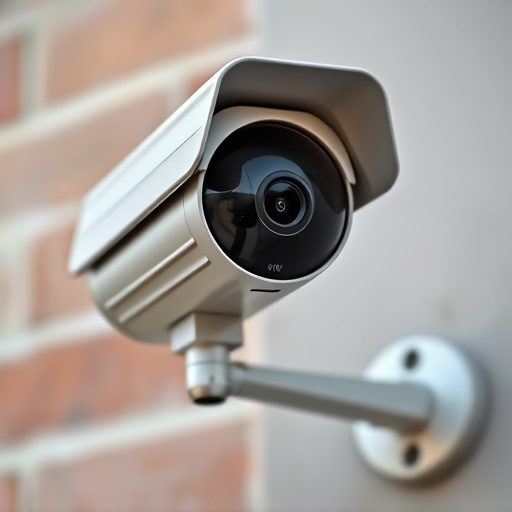Wireless dummy camera technology offers a convenient, aesthetically pleasing alternative to traditional security systems, eliminating the need for wires with radio frequency (RF) or Wi-Fi signals. Homeowners can discreetly install these cameras indoors and outdoors while maintaining décor. Before installation, research local laws, identify monitoring areas, gather equipment, create a plan, clear obstructions, and select a camera suitable for your needs. The simple process enhances security with optimal visibility, easy access, proper power sources, and weatherproofing (for outdoor cameras), ensuring high-quality footage capture.
Deter crime and keep your property safe with our comprehensive guide on installing wireless dummy security cameras. This step-by-step resource covers everything from understanding cutting-edge wireless camera technology to meticulous pre-installation planning. Learn how to transform your space into a secure environment without the hassle of tangled wires. Discover the simplicity and effectiveness of install dummy cameras without wires – an affordable, discreet solution for enhanced home or business security.
- Understanding Wireless Dummy Camera Technology
- Pre-Installation Planning and Preparation
- Step-by-Step Guide to Installing Wiredless Cameras
Understanding Wireless Dummy Camera Technology
Wireless dummy camera technology has revolutionized home security by offering a convenient and aesthetically pleasing alternative to traditional surveillance systems. These cameras mimic real security cameras in appearance but operate without the need for cumbersome wires, making them ideal for discreet installation in various locations. By eliminating the mess of cables, you can easily install dummy cameras anywhere—indoors or outdoors—without disturbing your home’s décor.
The technology behind these devices is straightforward: they use radio frequency (RF) or Wi-Fi signals to transmit video and audio data to a connected monitor or recording device. This wireless setup allows for flexibility in placement, as you’re not limited by the proximity of power outlets or complex wiring. Install Dummy Cameras Without Wires has become a popular choice for homeowners seeking advanced security without compromising on style.
Pre-Installation Planning and Preparation
Before installing any security cameras, whether real or dummy, proper planning and preparation are crucial. Start by researching local laws and regulations regarding surveillance systems to ensure compliance. Identify the areas that need monitoring most, such as entry points, valuable asset locations, and common crime hotspots. This step is vital for strategic camera placement.
For a wire-free dummy camera installation, gather the necessary equipment: wireless cameras, rechargeable batteries, mounting brackets, and adhesive or screws for securing the cameras. Create a detailed plan of where each camera will be placed, considering factors like line of sight, potential blind spots, and the ability to capture clear, comprehensive footage. Prepare your space by ensuring there are no obstructions that could hinder camera visibility.
Step-by-Step Guide to Installing Wiredless Cameras
Installing wireless security cameras, or dummy cameras without wires, is a straightforward process that can significantly enhance your home or business’s security. Here’s a step-by-step guide to help you get started:
1. Select the Right Camera: Choose a camera designed for your specific needs. Consider factors like resolution, night vision capabilities, and battery life if it’s wireless. Ensure it blends seamlessly into your environment—selecting a dummy camera that looks realistic is key.
2. Locate the Ideal Position: Identify a strategic spot where the camera can capture clear footage without obstructions. This could be a window, door, or any area that provides ample visibility. Make sure it’s easily accessible for monitoring and power sources, especially if wireless.
3. Prepare the Mounting Area: Clean the surface and ensure it’s suitable for attachment. Some cameras come with adhesive backing or brackets; follow the manufacturer’s instructions for secure mounting. For outdoor areas, consider weatherproofing to protect the camera from the elements.
4. Connect Power Sources (if applicable): If your camera is wireless, skip this step. However, wired cameras still require careful routing of cables to ensure they’re not visible and secured properly. Use appropriate connectors and wiring to maintain a clean setup.
5. Configure the Camera: Follow the user manual to set up the camera’s settings. This includes date/time synchronization, network connectivity (Wi-Fi), and cloud storage for seamless remote access. Test the camera’s functionality to ensure it captures high-quality footage.
Installing dummy security cameras without wires is a straightforward process that can significantly enhance home or business security. By understanding wireless dummy camera technology and planning ahead, you can easily create an effective surveillance system. Following the step-by-step guide provided in this article, you’ll be able to install these cameras efficiently, ensuring peace of mind and enhanced safety.
